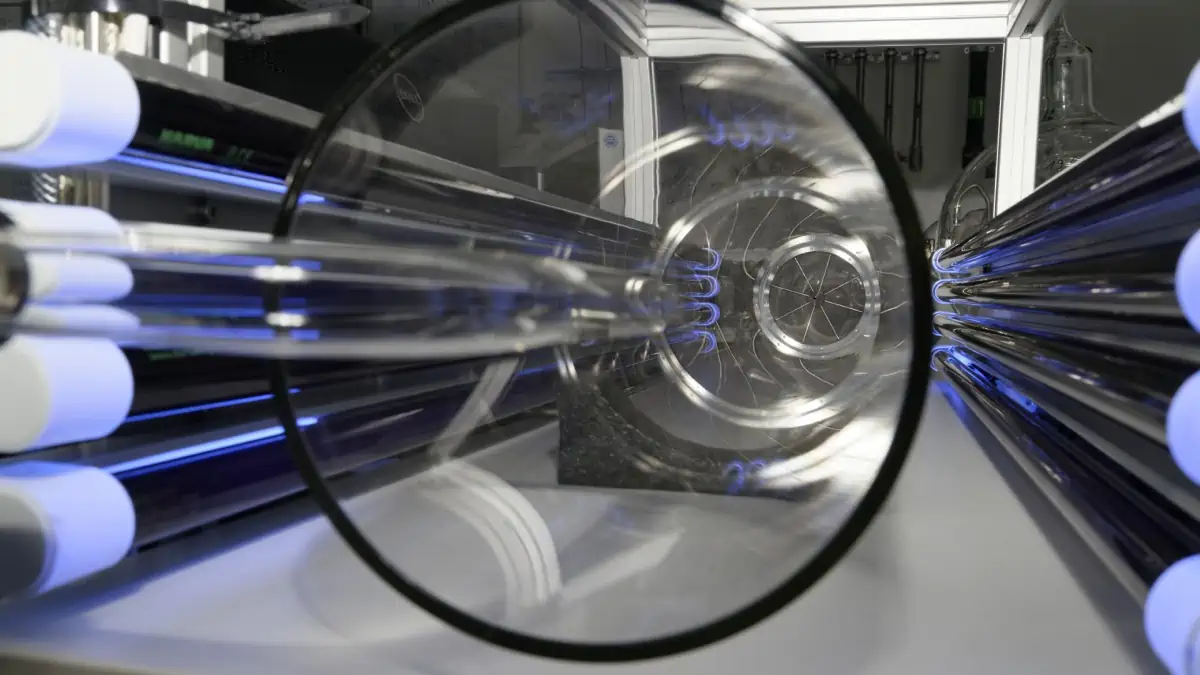
The laboratory setup of free jet flow experiment of Tropos in Leipzig provides direct evidence for the first time that hydrogen trioxide (roooh) can also be formed by the reaction of peroxy radical (ro2) and hydroxyl radical (OH) under atmospheric conditions.
All peroxides have two interconnected oxygen atoms, making them highly reactive and usually flammable and explosive. They are used for everything from whitening teeth to cleaning wounds and even as rocket fuel. In recent years, people have been speculating whether trioxide, a compound with three oxygen atoms interconnected, has been found in the atmosphere, which is more active than hydrogen peroxide.
The latest research of scientists has clearly confirmed that under atmospheric conditions, the reaction of hydrogen peroxide radical (ro2) and hydroxyl radical (OH) will also form roooh. When compounds are oxidized in the atmosphere, they usually react with OH radicals to form new radicals. When the free radical reacts with oxygen, it will form the third free radical of peroxide (roo), which can react with Oh free radical to form roooh. This is a gaseous substance. Its group consists of three consecutive oxygen atoms and one hydrogen atom. The hydrogen atom is bonded to the organic residue.
Professor Henrik glum gilgard, senior author of the research paper and Department of chemistry, University of Copenhagen, Denmark, said: "the compounds we found are unique in structure. Because of their strong oxidation, they are likely to bring a series of effects that we have not yet discovered."
Researchers predict that almost all compounds will form roooh in the atmosphere, and estimate their life span from minutes to hours. This makes them stable enough to react with many other atmospheric compounds. Isoprene is one of the most common organic compounds released into the atmosphere. The study showed that about 1% of all isoprene released was converted to roooh.
Researchers estimate that the concentration of roooh in the atmosphere is about 10million per cubic centimeter. In contrast, OH radical is one of the most important oxidants in the atmosphere, with about 1million free radicals per cubic centimeter.
The research team also strongly suspects that roooh can penetrate into the tiny particles in the air, the so-called aerosols, which will pose a health hazard and may lead to respiratory and cardiovascular diseases. As sunlight is reflected and absorbed by aerosols at the same time, it will affect the earth's heat balance, that is, the proportion of sunlight absorbed and reflected back into space by the earth. As aerosols absorb material, they grow and contribute to cloud formation, which also affects the earth's climate.
The results show that it is feasible to directly observe hydrogen trioxide by mass spectrometer. This means that these compounds can be further studied in different systems, including quantifying their abundances in the environment.